
Article
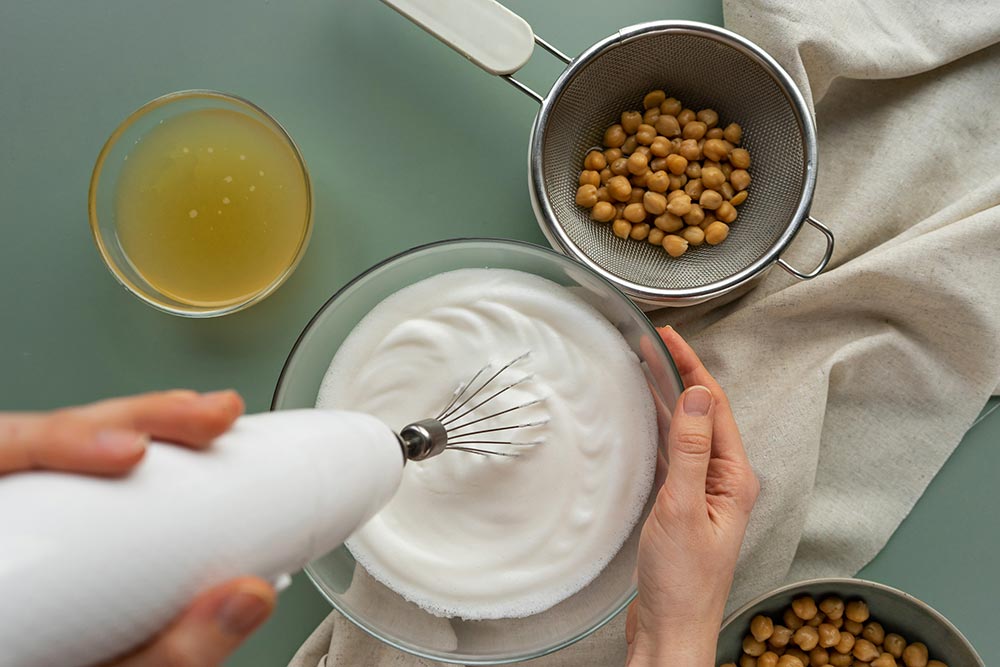

Aquafaba is the versatile vegan baking ingredient hiding in your cans of chickpeas – perfect for making egg-free meringues, mayo, cocktails & more.
It’s weird, it’s wonderful, and it whips up just like egg whites. You’re definitely going to want to add this one to your plant-based repertoire.
Aquafaba (from the latin ‘aqua’, meaning ‘water’, and ‘faba’, meaning ‘bean’) is the smooth, viscous liquid that’s left over when you strain a can of chickpeas or beans. Chances are you’ve poured it straight down the sink many times, without realising it’s one of the best and cheapest egg substitutes around.
We have absolutely no idea why anyone decided to try whipping up ‘bean water’ in the first place, but we’re so glad they did – it turned out to be a miracle ingredient that has forever changed what’s possible in egg-free baking and cooking!
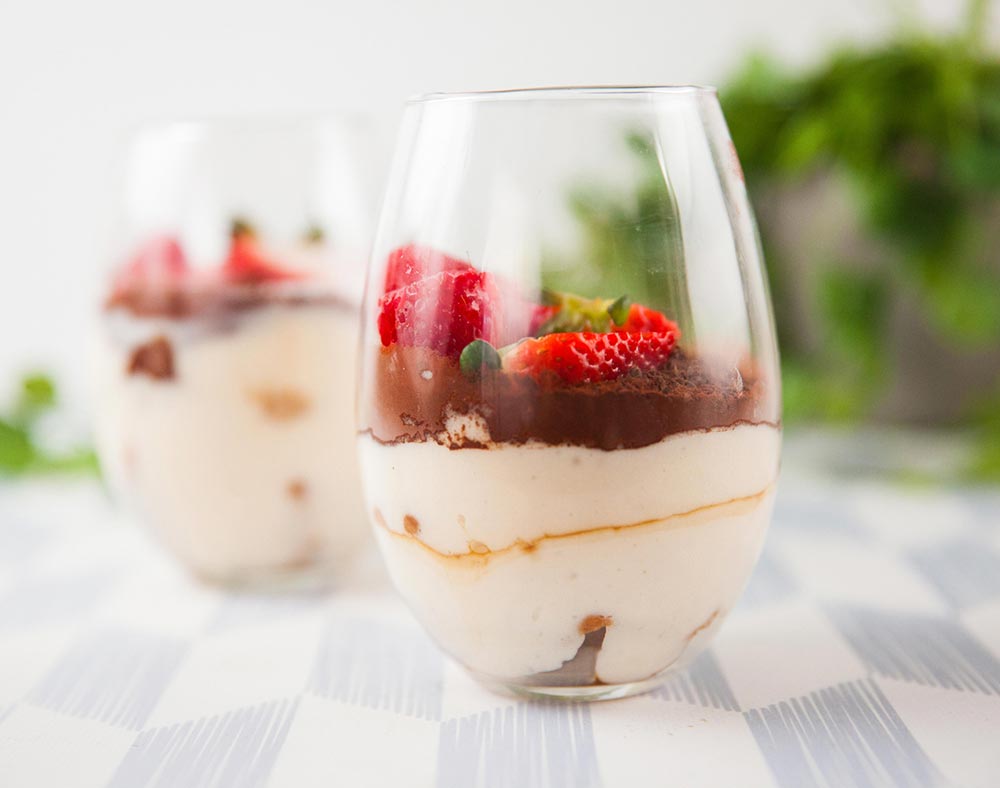
Aquafaba’s unique blend of proteins, starches, and other soluble plant solids, which infuse into the liquid during the bean-cooking process, give it a remarkable array of foaming, binding, thickening, and emulsifying properties.
These unexpected superpowers make aquafaba an incredible egg substitute for use in all kinds of delicious plant-based recipes.
Not only is it great at adding fluffiness and structure to airy treats like meringues, pavlova, pancakes, chocolate mousse, and creamy vegan mayonnaise – it can also act as a binder in all kinds of baked goods, from cookies, cakes, and muffins to pizza dough.
You can even use frothed aquafaba to replace the egg white foam on top of sour- and fizz-style cocktails.
Check out our list of amazing aquafaba recipes for more examples.

Since aquafaba is found inside cans of beans and chickpeas, you’ve probably already got some sitting in your pantry! Simply strain the contents of one of these cans over a bowl, reserve the liquid, and voilà – you’ve got your supply of freshly-collected aquafaba.
There are some places you can buy pre-bottled aquafaba online these days, but personally we love the zero-waste win of collecting it straight from the can.
If you think about it, every dish you cook using canned chickpeas or beans has an inbuilt supply of aquafaba you can set aside for dessert 😉
Aquafaba is low in calories, sugar-free, cholesterol-free, gluten-free, and 100% free of trans fats. Plus, as long as you choose cans of chickpeas or beans with no added salt, it’s low in sodium too!
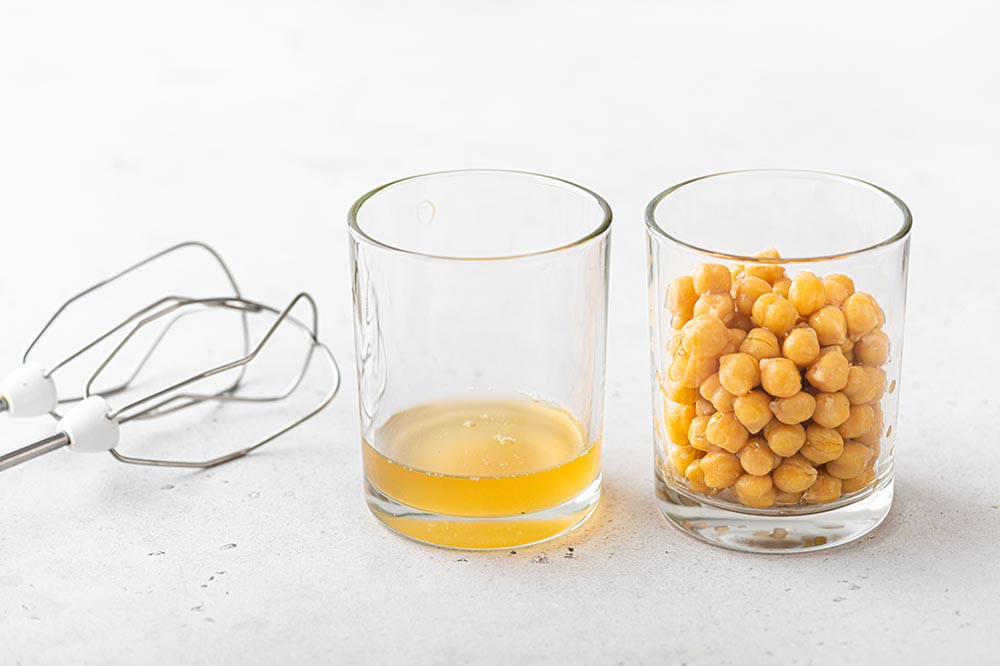
The general rule of thumb for using aquafaba to replace eggs in recipes is:
If you’re baking treats like cookies, cakes, brioche bread, brownies, or muffins, where the ‘egg’ is just acting as a binder, there’s no need to do anything to the aquafaba – just pour it straight into the batter as-is.
For other recipes like vegan pavlova, mayo, chocolate mousse, and foam-topped cocktails, where the ‘egg’ is adding thickness, froth, and volume, you’ll want to whip the aquafaba first for light and fluffy results.
The best method for whipping is to use a hand mixer or stand mixer for around 3-6 minutes, or until you see semi-firm peaks starting to form in the aquafaba froth.
It can sometimes seem like nothing’s happening at first, but be patient – aquafaba needs a moment to work its magic! ✨
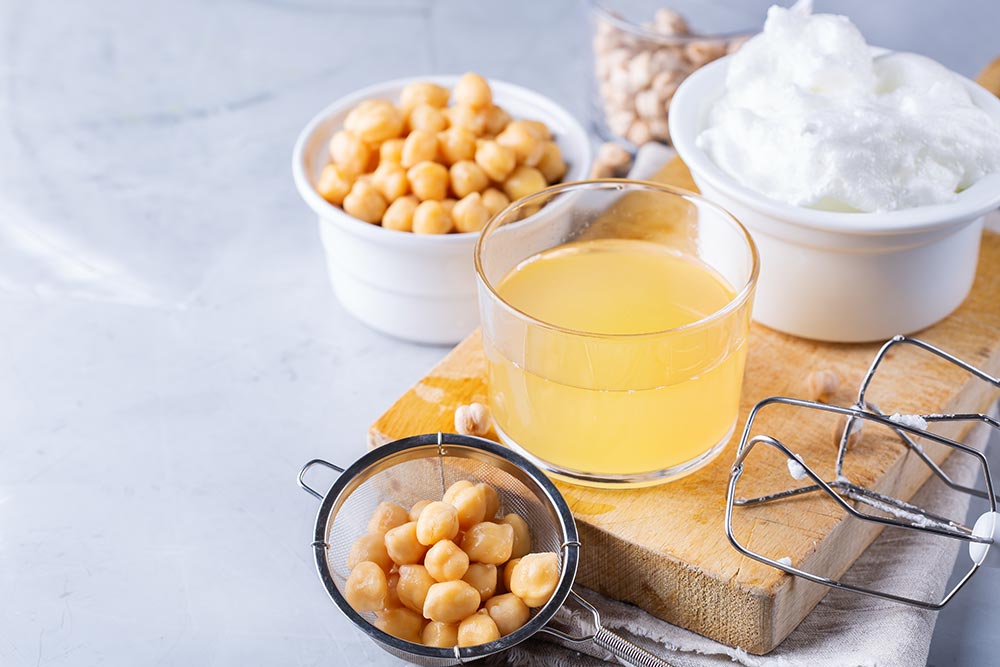
You can store aquafaba in a clean, airtight jar or container in the fridge for a few days. If you don’t get around to using it within a few days, it’s best to throw it out and collect a fresh supply.
The best way to store aquafaba for longer periods is to freeze it in 1-tablespoon portions in ice cube trays. Once the cubes of aquafaba have frozen solid, you can transfer them to a freezer bag for future use. (Thawed aquafaba whips up just as well as fresh.)
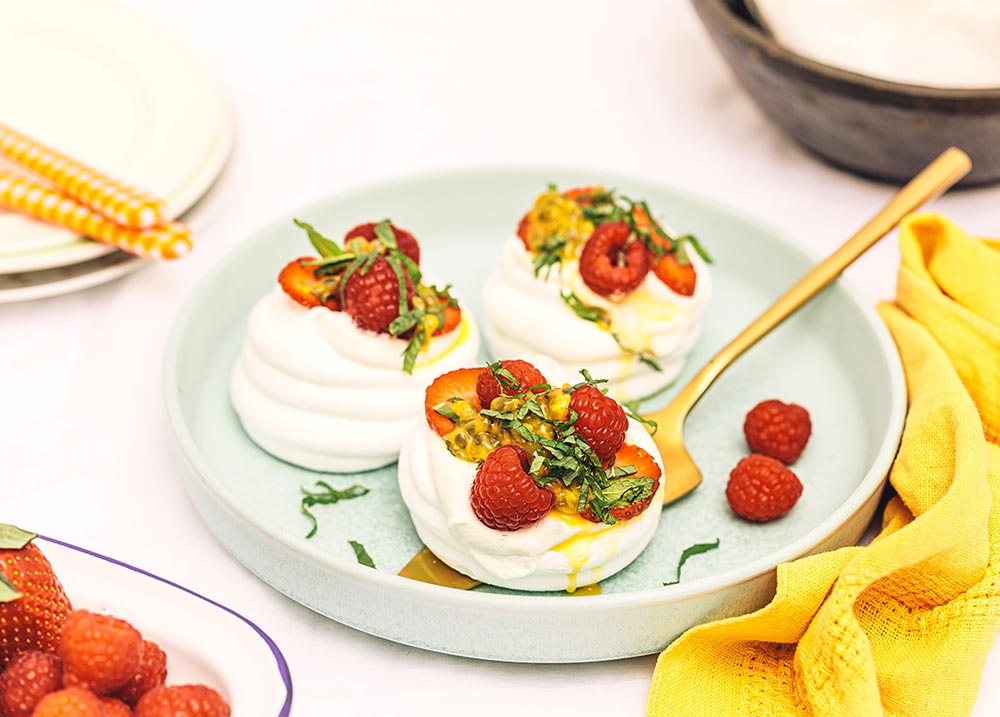
Now that you’re officially caught up on everything aquafaba, you’re ready to try this liquid gold out for yourself!
We’ve rounded up some of the best desserts, breads, cocktails, and comforting savoury dishes you can make using aquafaba – including some you might not expect, like vegan ice cream, okonomiyaki, and even crispy, KFC-style jackfruit drumsticks.
You can browse all of these easy aquafaba recipes and more right here! ![]()
Check out our beginner’s guide to vegan baking for even more egg & dairy substitution tips!

Jacqui likes to spend her spare time with her two cats, eating sweet treats and listening to 90s British pop. She enjoys making plant-based goodies inspired by her love of all things David Lynch, and if she’s cooking dinner, you better believe there is gonna be spice!